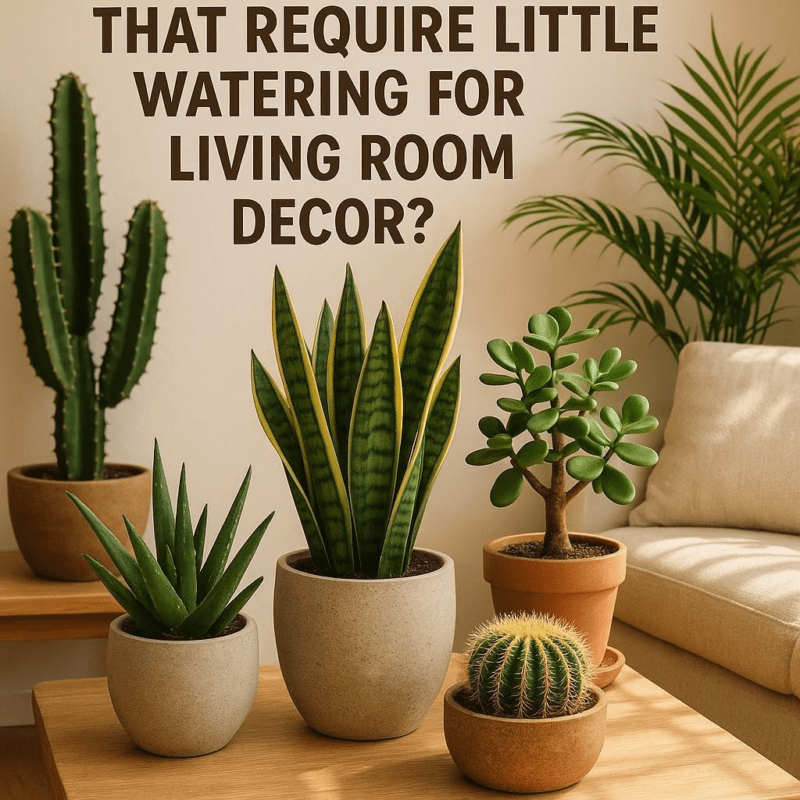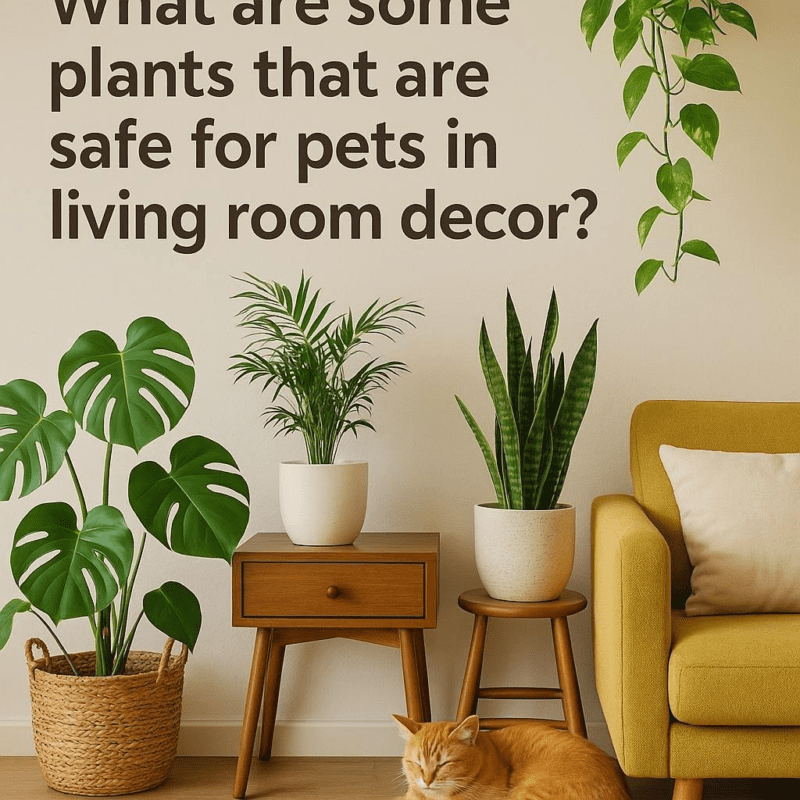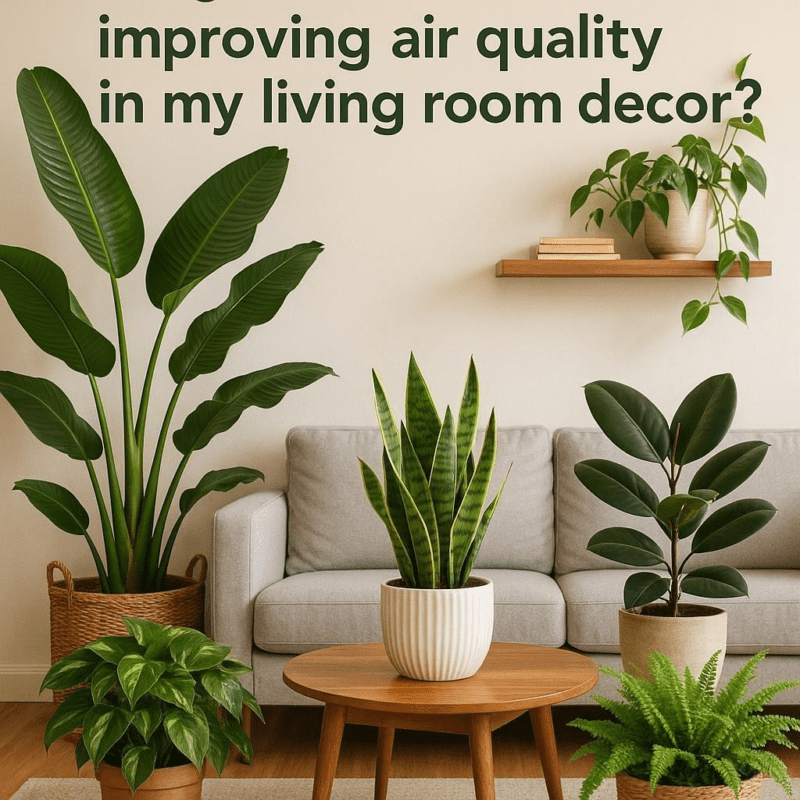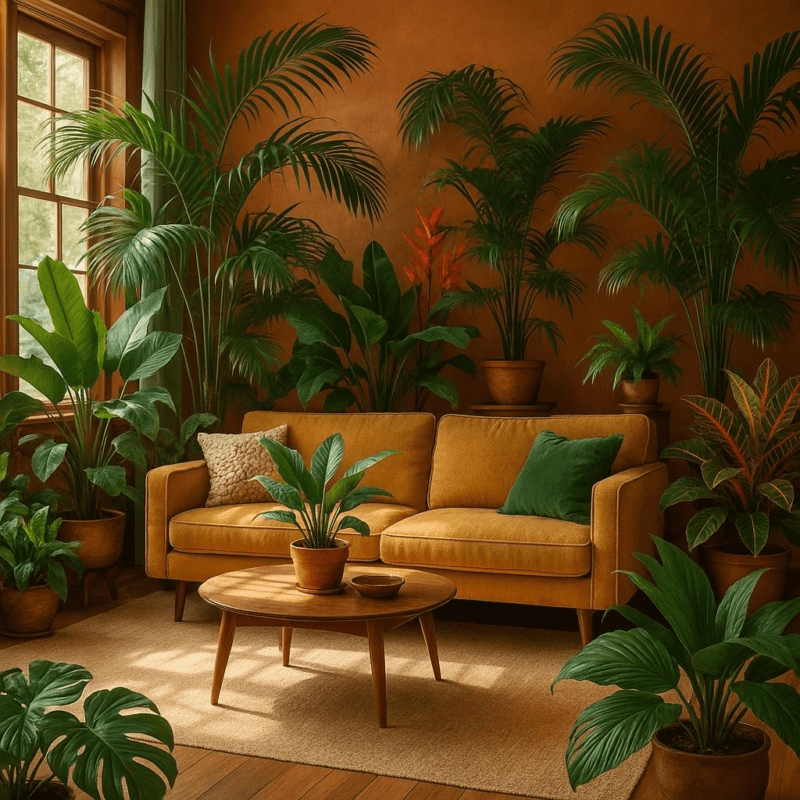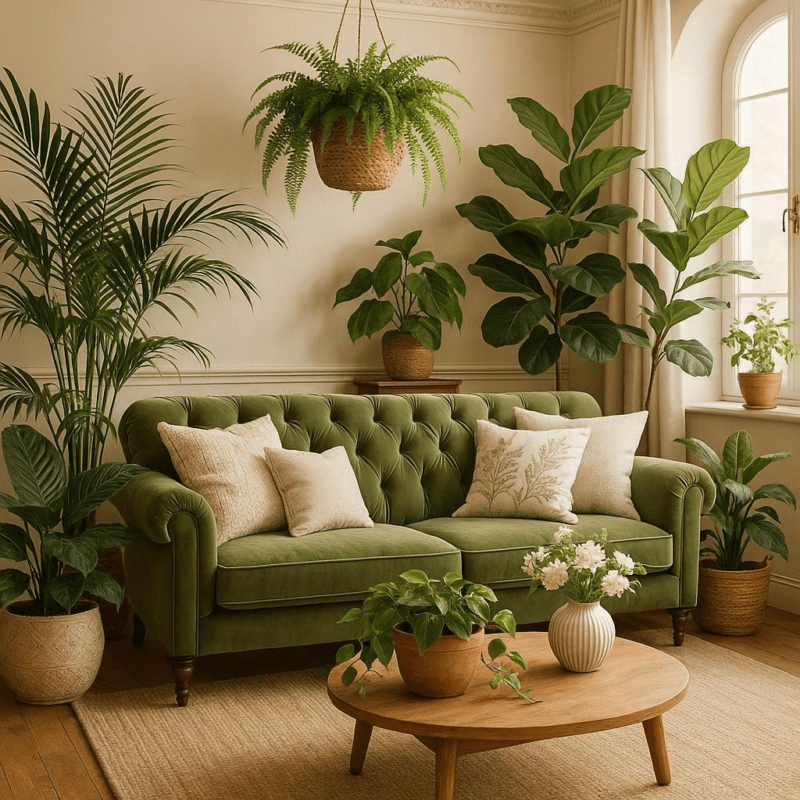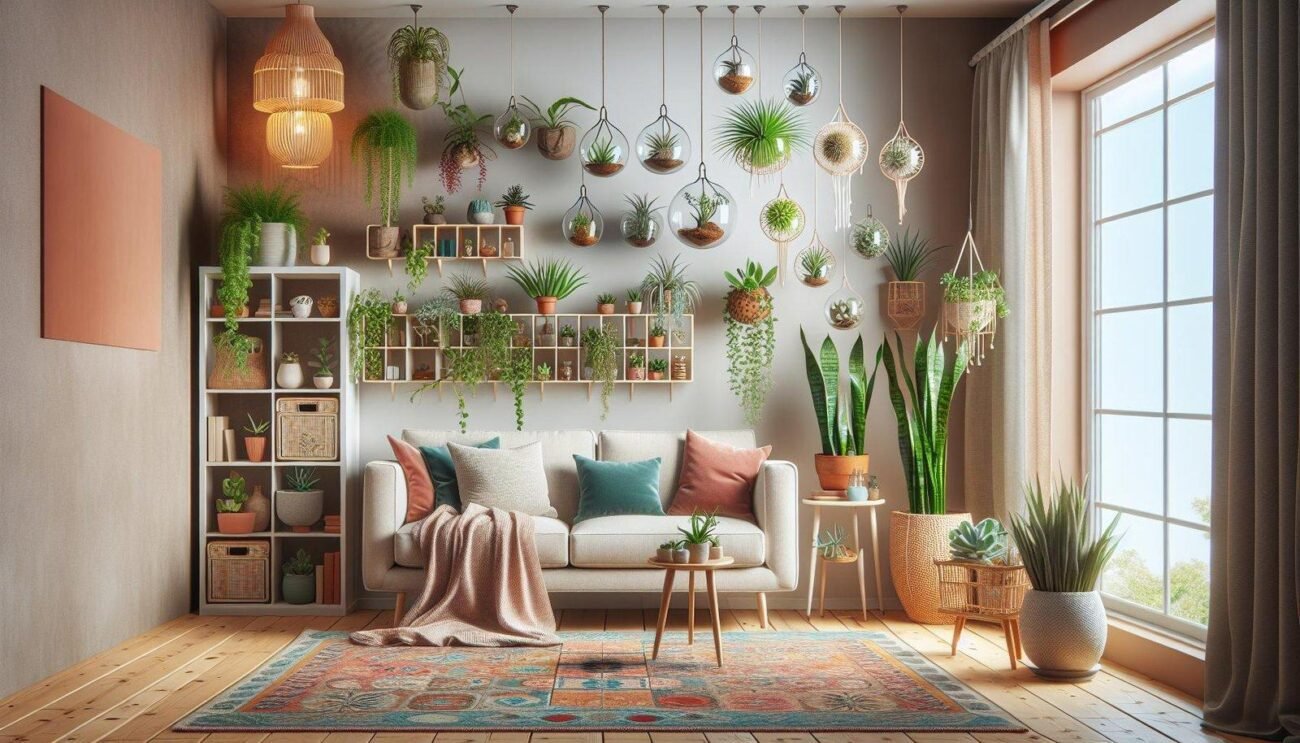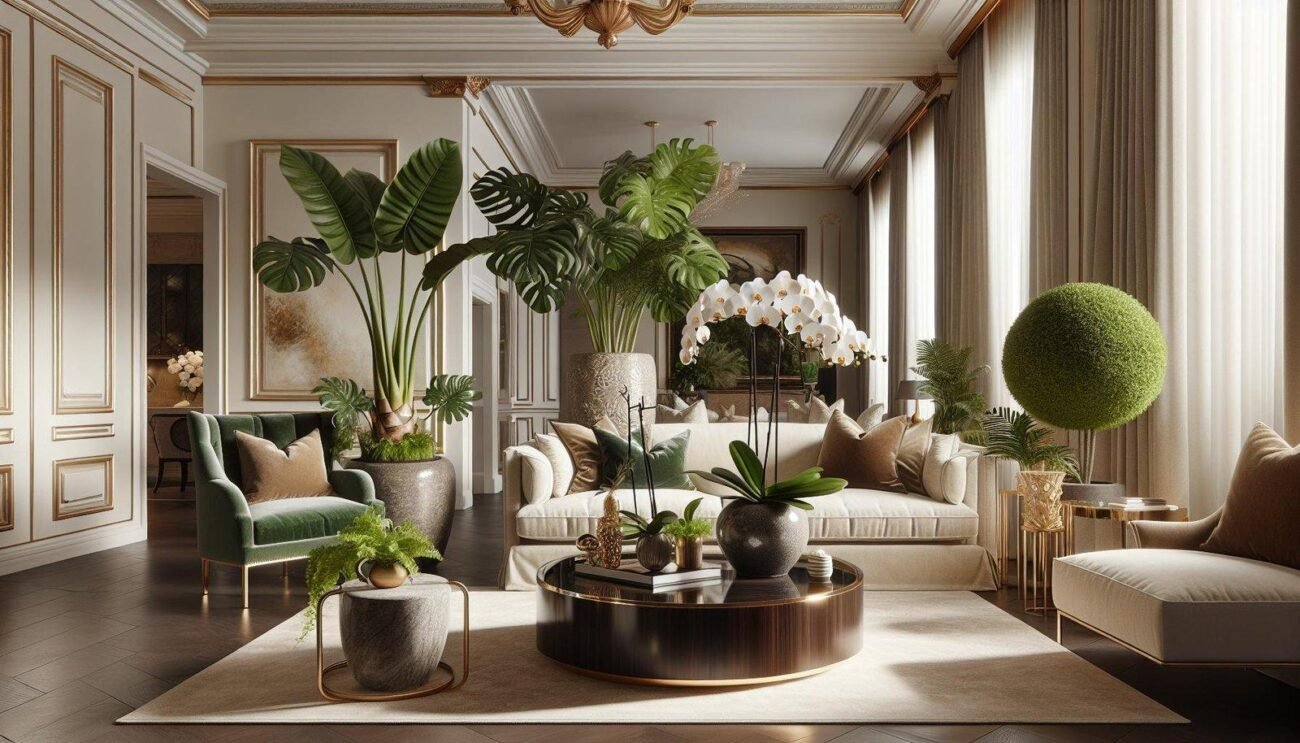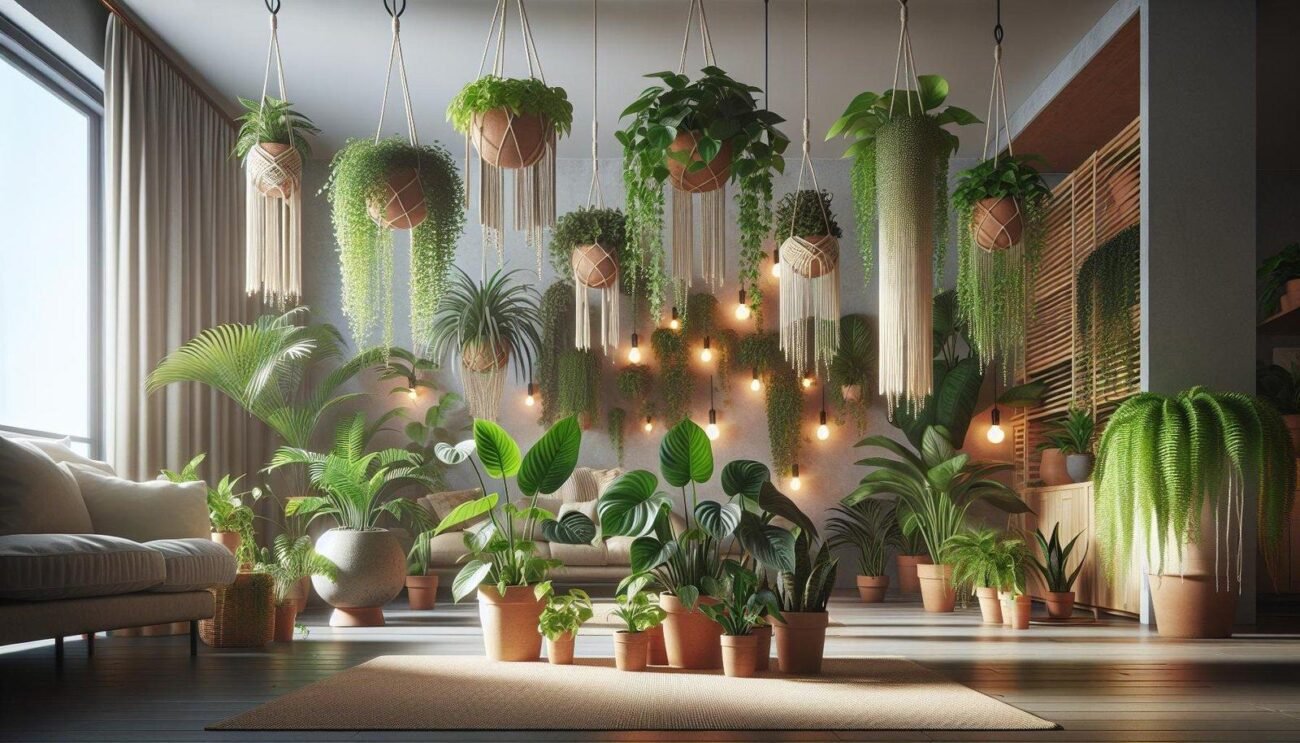What are some plants that can thrive in a north-facing living room?
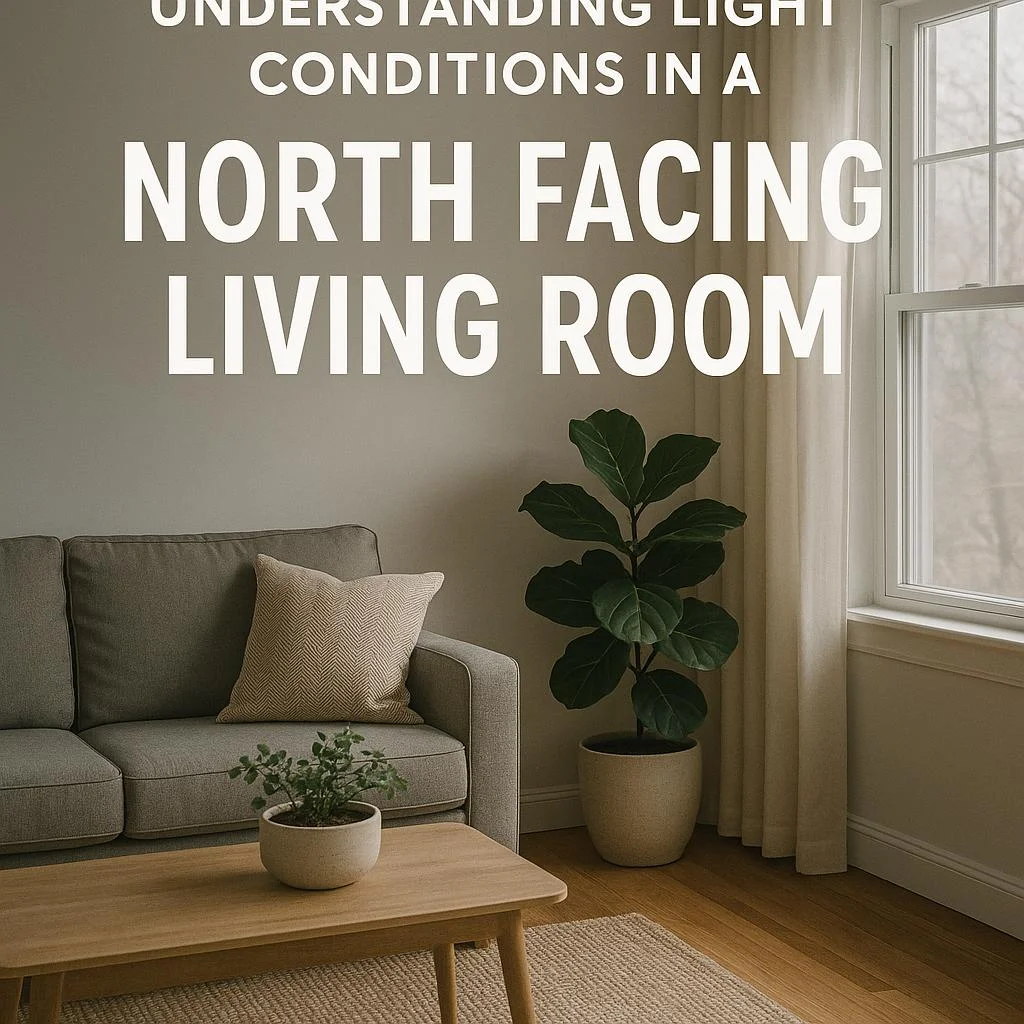
Creating a lush, green oasis in your home can bring warmth and life to any space, including those that don’t bask in direct sunlight. North-facing living rooms, wich typically receive limited natural light, can pose a unique challenge for plant lovers. However, contrary to popular belief, a variety of beautiful, low-light tolerant plants can thrive in these conditions. In this article, we’ll explore some of the best plants suited for north-facing living rooms, helping you transform even the shadiest corners into vibrant, living décor. Whether you’re a seasoned gardener or a budding plant enthusiast, you’ll find plenty of options to brighten your space naturally.
Understanding Light Conditions in a North Facing Living Room
North-facing living rooms typically receive indirect or reflected light throughout the day, making them ideal for plants that thrive in low to moderate light conditions. These spaces frequently enough lack the direct sun exposure that many plants crave, so selecting species adapted to shadier environments ensures healthy growth and vibrant foliage. Light levels here are usually cool and consistent, reducing the risk of leaf scorch but demanding plants capable of photosynthesizing efficiently without intense sunlight.
Plants suited for these conditions commonly feature large, dark green leaves designed to maximize light absorption. Some favorites include:
- Snake Plant (Sansevieria trifasciata) – Resilient and low-maintenance
- ZZ Plant (Zamioculcas zamiifolia) - Tolerates very low light and infrequent watering
- Peace Lily (Spathiphyllum) – Adds elegance with white blooms and thrives in shade
- Pothos (Epipremnum aureum) – Great for hanging baskets or shelves with trailing vines
- Cast Iron Plant (Aspidistra elatior) – Nearly indestructible with lush foliage
| Plant | Light Preference | Water Needs |
|---|---|---|
| Snake Plant | Low to Moderate | Low |
| ZZ Plant | Low | Low |
| Peace Lily | Low to Moderate | Moderate |
| Pothos | Low to Moderate | Moderate |
| Cast Iron Plant | Low | Low |
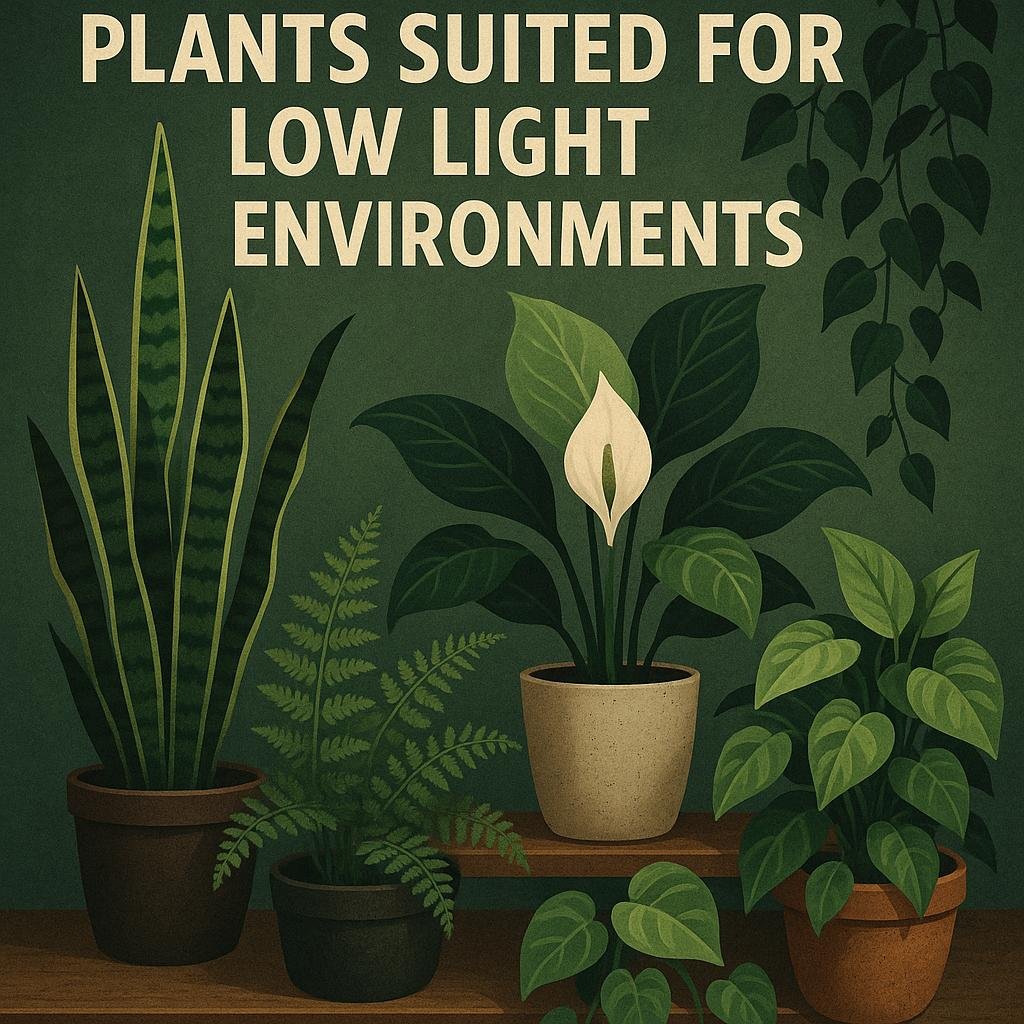
Key Characteristics of Plants Suited for Low Light Environments
Plants that flourish in rooms with limited sunlight typically share a few interesting traits that help them adapt and thrive. One of the most vital characteristics is their ability to photosynthesize efficiently under low light conditions.These plants frequently enough have larger, thinner leaves with more chlorophyll to maximize the capture of available light. Additionally, they tend to grow slower than sun-loving species, conserving energy in environments where light is scarce. Their root systems are usually flexible, enabling them to extract nutrients effectively even when soil conditions are less than ideal.
Another key feature is their natural habitat; many come from shaded forest understories or tropical regions where direct sunlight rarely reaches. This environment adaptation means they prefer higher humidity and stable temperatures, both common in many indoor settings like north-facing rooms. They also exhibit resilience to fluctuations in moisture, making them less demanding in terms of watering. Below is a swift reference table highlighting popular low-light plants along with their standout features:
| Plant | Leaf Type | Growth Rate | Water Needs |
|---|---|---|---|
| Snake plant | Thick & upright | Slow | Low |
| ZZ Plant | Glossy & Smooth | Moderate | Low |
| Peace Lily | Broad & Shiny | Moderate | Moderate |
| Pothos | Variegated & vining | Fast | Moderate |
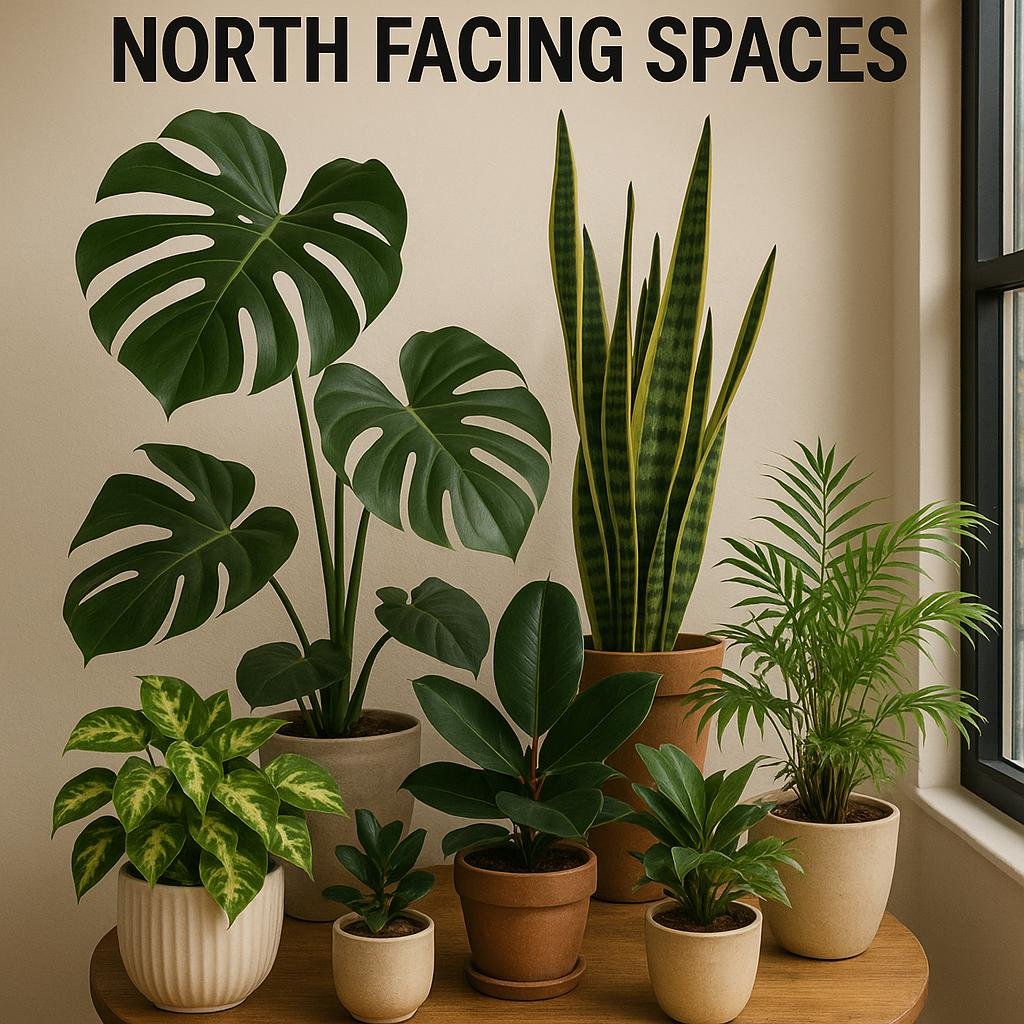
Top Indoor Plants That Flourish in North Facing spaces
Living rooms with north-facing windows often present a unique challenge for indoor gardening since they receive indirect light throughout the day. However, there are several plants that not only tolerate but truly thrive in low to medium light conditions. varieties like the Snake Plant (Sansevieria), Peace Lily (Spathiphyllum), and Pothos are excellent choices, known for their resilience and adaptability.These plants have broad leaves or deep-green foliage that efficiently capture scarce light, making them perfect companions for shaded interiors.
When selecting plants for such spaces,it’s critically important to consider their growth habits and care needs alongside light availability. Below is a quick guide to some favored choices, including water needs and growth speed, so you can easily match plants to your living room’s conditions:
| Plant | Light Preference | Water Frequency | Growth Rate |
|---|---|---|---|
| Snake Plant | Low to indirect light | Every 2-3 weeks | Slow |
| peace Lily | Low to medium light | Weekly | Moderate |
| Pothos | low to medium light | Every 1-2 weeks | Fast |
| ZZ Plant | Low light | Every 2-3 weeks | Slow |

Tips for Caring and Maintaining Plants in Shaded Rooms
- Water sparingly and only when soil is dry
- Use well-draining soil and pots
- Feed monthly with diluted fertilizer
- Rotate plants to ensure balanced light exposure
- Clean leaves to remove dust buildup
- Consider supplemental grow lights if needed
In Retrospect
a north-facing living room doesn’t have to limit your plant options. By choosing shade-tolerant varieties like snake plants, ZZ plants, or pothos, you can create a lush, green space that thrives despite lower light levels. With a little attention to watering and care, these resilient plants will bring life and freshness to even the shadiest corners of your home. So go ahead-embrace the unique conditions of your north-facing room and enjoy the natural beauty it can support!

